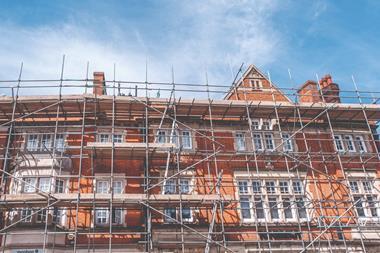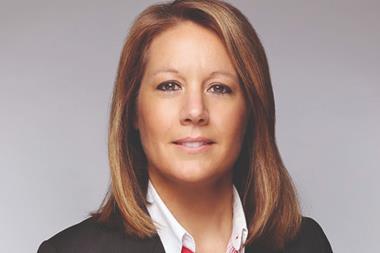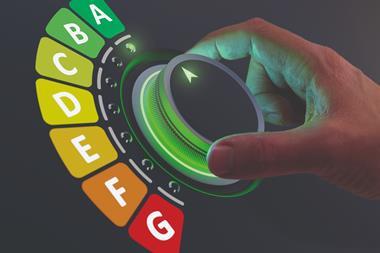Covid-19 disrupted how we occupy and use spaces, making occupancy analytics more important than ever before.

Typical use cases for occupancy analytics centre on cost savings relating to energy use and staffing, as well as value creation resulting from footfall tracking and enhanced space management. However, not all occupancy analytics are the same.
Manual counting is a low-tech solution that does not require any hardware setup. However, it is inaccurate, prone to human error, extremely time-consuming and unsuitable for scaling across a large portfolio. Moreover, manual counting only captures occupancy and space utilisation at a single point in time.
Another way to track occupancy is using LAN and wifi. When a device is connected to a network using a physical cable, precise data can be collected using LAN. However, it cannot account for people who are not connected via LAN. For wifi, at least three wireless access points are needed and accuracy depends on access-point placement and density.
Sensors can be used to predict occupancy. However, they are known to malfunction and can have a hard time detecting stationary occupants. Additionally, their installation and upkeep come at a high cost.

Cameras are the most accurate at observing occupancy and movement. Existing cameras can be turned into smart cameras, reducing hardware costs. Also, the software used to detect occupants can be coded to blur faces and aggregate data to ensure privacy. However, cameras cannot predict occupancy in spaces in which they are not installed. Therefore, scaling such solutions in spaces without the right infrastructure can be time-consuming.
The right choice when selecting occupancy analytics systems should reflect exact business needs and budget. If a business has cameras on premises, computer vision solutions are the most accurate and cost-effective. However, without cameras on premises and in areas such as bathrooms, sensor technology is better suited. Ideally, the future of occupancy analytics should involve multiple solutions to provide the best return on investment.
Maryam Salehijam is head of go-to-market strategy at Lanthorn.ai
































No comments yet